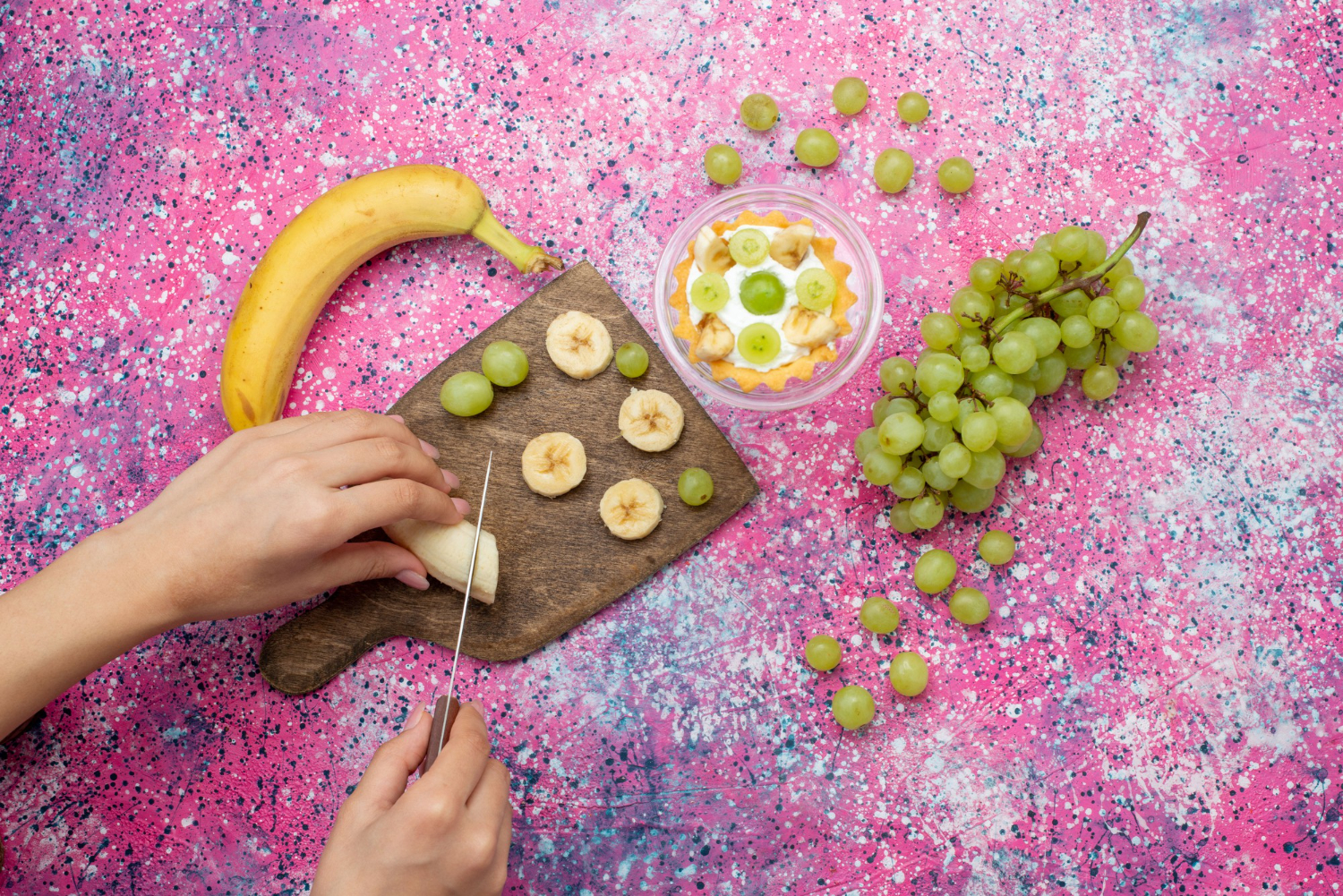Introduction
How to Get Grape Juice Out of Clothes? Grape juice, known for its rich color and vibrant taste, can leave behind unsightly stains if not addressed promptly and correctly. Understanding the intricacies of grape juice stains and the effective methods for their removal is essential to preserving the quality and appearance of your clothing.
Understanding Grape Juice Stains
Grape juice contains natural pigments and tannins that make it prone to stubborn staining. These compounds can swiftly penetrate fabric fibers, making removal challenging without the right techniques. Understanding the composition of grape juice and the factors contributing to the setting of stains can guide effective stain removal strategies.
Immediate Steps for Grape Juice Stain Removal
When a spill occurs, swift action is crucial. Blotting the stain gently with a clean cloth, using cold water to dilute the stain, and avoiding heat sources that might set the stain further are the first vital steps in preventing the grape juice stain from becoming a permanent blemish on your garment.
Home Remedies for Removing Grape Juice Stains
How to Get Grape Juice Out of Clothes? Several effective home remedies can help in the removal of grape juice stains. These include the use of a baking soda and vinegar solution, the application of a mixture of lemon juice and salt, the employment of hydrogen peroxide as a bleaching agent, and the use of a dish soap and water mixture for mild stains.
Using Commercial Stain Removers
Commercially available stain removers can provide effective solutions for removing grape juice stains. It is crucial to understand the different products on the market, their specific applications, and any precautions necessary to avoid potential damage to the fabric. Opting for natural and environmentally friendly stain removal options is also a viable choice for those concerned about chemical exposure and environmental impact.
Preventing Grape Juice Stains
How to Get Grape Juice Out of Clothes? While accidents are inevitable, taking preventive measures can significantly reduce the risk of grape juice stains on your clothing. Promptly attending to spills, choosing clothing with stain-resistant properties, and treating fabrics with protective solutions can help minimize the impact of accidental spills.
Handling Different Types of Fabrics
Different fabrics demand different approaches to stain removal. For instance, cotton and linen may respond well to traditional stain removal techniques, while synthetic fabrics like polyester and nylon might require specialized treatment. Delicate fabrics such as silk and chiffon need gentle care, while specialty fabrics like wool and leather necessitate specific cleaning protocols.
Professional Help for Stubborn Stains
In cases where home remedies fail to eliminate grape juice stains, seeking professional help is advisable. Professional dry cleaners and specialized stain removal services possess the expertise and equipment necessary to tackle stubborn stains without causing any damage to the fabric.
Ensuring Long-Term Fabric Care
Proper washing techniques, appropriate storage methods, and fabric-specific care tips are vital for maintaining the quality and longevity of your clothing. Implementing suitable washing practices and storing garments correctly can prevent unnecessary wear and tear and help fabrics retain their original luster over time.
Dealing with Set-In Stains
Old grape juice stains that have set into fabric fibers can be particularly challenging to remove. Employing specialized cleaning products containing enzymes, utilizing steam cleaning techniques, and resorting to professional treatments are effective strategies for combating stubborn, set-in stains.
Alternative Solutions for Specific Fabrics
Certain fabrics, such as wool and wool blends, or materials like leather and suede, require specialized care and attention when it comes to stain removal. Utilizing lanolin-based treatments for wool, employing specially formulated cleaners for leather and suede, and resorting to mild detergents and hand-washing techniques for silk can ensure effective stain removal without compromising the integrity of the fabric.
The Environmental Impact of Stain Removal
How to Get Grape Juice Out of Clothes? While focusing on the immediate removal of stains, it is essential to consider the environmental impact of the products and methods used. Opting for eco-friendly stain removal options, practicing sustainable fabric care, and using biodegradable cleaning agents are proactive measures that contribute to an environmentally conscious approach to stain removal.
Safety Considerations in Stain Removal
Safety should always be a priority when dealing with stain removal. Handling chemicals safely, using protective measures for skin and eyes, ensuring proper ventilation in the workspace, and following recommended guidelines for the use of cleaning agents are essential practices for ensuring personal safety during the stain removal process.
How to Get Grape Juice Out of Clothes
Common Myths and Misconceptions
Dispelling common myths and misconceptions about stain removal and fabric care is crucial for ensuring that effective and accurate information is conveyed. Debunking popular stain removal myths and providing correct information about fabric care can guide individuals toward employing the right techniques for effective stain removal and fabric maintenance.
Conclusion
In conclusion, grape juice stains, while notorious for their persistence, can be effectively managed with the right knowledge and timely action. By understanding the nature of the stains, employing appropriate removal methods, and implementing preventive measures, individuals can ensure that grape juice spills do not become a lasting headache for their favorite clothing items.
Frequently Asked Questions
Q: Can grape juice stains be removed from all types of fabrics?
A: While it’s possible to remove grape juice stains from most fabrics, certain delicate materials may require special care and attention during the removal process.
Q: Is it safe to use commercial stain removers on all types of clothing?
A: It’s crucial to read the instructions carefully and conduct a patch test on a small, inconspicuous area of the fabric before applying the stain remover to the entire stained area.
Q: What should one do if the grape juice stain has set in for an extended period?
A: Seeking professional help from experienced dry cleaners or utilizing specialized stain removal techniques may be necessary for effectively eliminating old, set-in grape juice stains.
Q: How can one prevent grape juice stains from becoming permanent?
A: Promptly addressing spills, employing proper blotting techniques, and using suitable stain removal methods can prevent grape juice stains from setting into the fabric permanently.
Q: Are there any natural or eco-friendly alternatives for removing grape juice stains?
A: Yes, several natural alternatives, such as baking soda, vinegar, and lemon juice, can effectively remove grape juice stains while minimizing environmental impact.
Uncover Further Reading Material: How Much Does Clothes Weight







